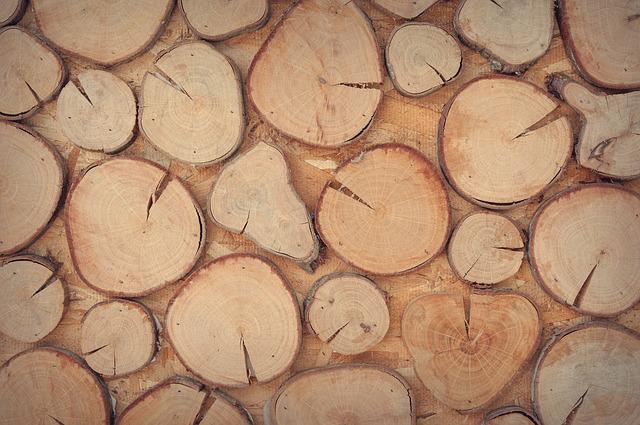
If you are interested in woodworking, you probably want to learn as much as you can. If you don’t know what to do it can be hard, but it takes practice and creativity. Woodworking is an intricate topic; keep reading to find out all about it.
Use pre-stain conditioner if you plan on staining your project. This will reduce any blotches in the piece that you create. The conditioners will help smooth out the wood and facilitate even staining.
Before you stain your wood project, apply a pre-stain conditioner onto the wood. These conditioners will make the finished project look better. This is because the conditioners allow stains to penetrate evenly.
You can make reusable sanding blocks. Use a scrap of 3/4″ plywood to cut six blocks, one for each sandpaper grit you need. Be certain they measure 2.5 inches across by 4.75 inches long. Put spray glue on a cork tile and each block. Apply the cork to the block and use a utility knife to cut the cork flush with the block. Then, spray your sandpaper with adhesive and apply it to the cork. Cut the sandpaper so it aligns with the cork and do not forget to label your blocks.
Stair gauges can be used as crosscut guides. Just clamp them on your carpenter’s square while making sure they match up. Then you can mark notches. When you clamp them on the one tongue of the carpenter’s square it will become a good crosscut guide for your circular saw.
Stir your finishes or stains rather than shaking them. Stains often have ingredients that settle to the bottom. Shaking can cause bubbling which prevents the products from mixing properly. Stir until the solution is even so that you get the best results.
Gel stains can be your best friend when staining furniture items. Gel stains will adhere much better to your wood. Additionally, because gel stains are thicker the pigment remains consistent throughout the application allowing for more even staining on horizontal and vertical pieces.
Every woodworking shop should have a stair gauge in it. Typically, they are used for the layout of stair jacks, but they can also be used to clamp down the carpenter’s square. This will transform your carpenter’s square from a straight-line tool, into a straight guide for your saw. Using the square, you will have perfectly straight cuts every time.
Ear protection is important. Woodworking machines make a lot of noise. Repeated exposure to this noise can cause hearing loss. Get a pair of inexpensive ear plugs, or buy a great pair of noise canceling headphones. Make certain that you use some form of protection when operating machinery.
Do not become too much of a perfectionist with your tape measures. You may find a story stick useful, and you have the option of gradually working toward making a cut. Just cut scrap wood so you can dry fit the piece. Having a lot of ways you can plan on making a cut can keep boredom at bay.
While you might like keeping a small ruler handy in your pocket, you probably find that it falls out every time you bend over. Try switching to a metal ruler, keeping it in a pocket with your telescoping magnet, the kind used to reach and pick up screws or nails. The magnet will keep everything in your pocket.
Shop around for used power tools. This is a great way to find good deals. You can then apply those savings to other things you may need.
When setting out on a new woodworking endeavor, the best thing you can do is pick out the right wood for the project. Soft woods can scratch easily and shouldn’t be used for a table. Also pay attention to the colors of different species of wood.
Woodworking is a unique and fascinating form of art. With any luck, this piece has enlightened you about your own woodworking journey. From building a table to whittling a toy, today is the day to start your next project. You won’t know your personal limits until you try to reach them.
You shouldn’t be a perfectionist with tape measures. Story sticks can work wonders, and it is possible to work gradually towards the cut you want. It’s recommended that you cut on scrap wood before cutting on the wood you plan on using so that you can test it out to see if it will fit. This also helps stretch your imagination and develop good woodworking techniques.